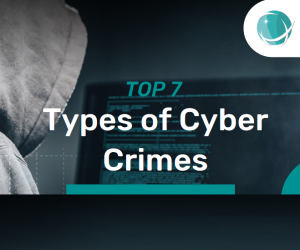1. Hacking
Unauthorized access to computers, networks, or accounts to steal, manipulate, or destroy data.
- Breaking into networks or websites to steal sensitive information.
- Installing malware to gain ongoing access to systems.
- Exploiting weak passwords or vulnerabilities.
2. Identity Theft
Criminals steal personal information to impersonate victims for financial gain or fraud.
- Using stolen credit card or bank details.
- Opening accounts or loans under someone else's name.
- Social engineering to gather personal data.
3. Phishing
Fraudulent emails, messages, or websites designed to trick users into revealing sensitive information.
- Fake bank or service emails requesting login credentials.
- Links to malware or fake login pages.
- Business email compromise (BEC) scams targeting employees.
4. Ransomware Attacks
Malicious software encrypts files and demands payment to restore access.
- Encrypting company or personal data and demanding ransom in cryptocurrency.
- Often delivered via phishing emails or insecure downloads.
- Can cripple businesses, hospitals, and government services.
5. Cyberstalking & Harassment
Using the internet to harass, threaten, or intimidate individuals or groups.
- Repeated threatening messages or posts online.
- Unauthorized surveillance of individuals.
- Social media trolling and doxxing (publishing private info).
6. Financial Fraud & Online Scams
Deceptive schemes designed to steal money or financial information.
- Credit card fraud or fake online stores.
- Investment or cryptocurrency scams.
- Pyramid schemes and fake lotteries.
7. Malware & Viruses
Malicious programs that damage systems, steal data, or spy on users.
- Trojan horses, worms, spyware, and keyloggers.
- Used to steal login credentials, sensitive files, or intellectual property.
- Can spread through downloads, email attachments, or infected devices.
Quick Safety Tips
- Use strong passwords and enable multi-factor authentication.
- Keep software and devices updated with the latest security patches.
- Be cautious with emails, links, and unknown downloads.
- Back up data regularly and securely.
- Educate employees and family members about cyber threats.
